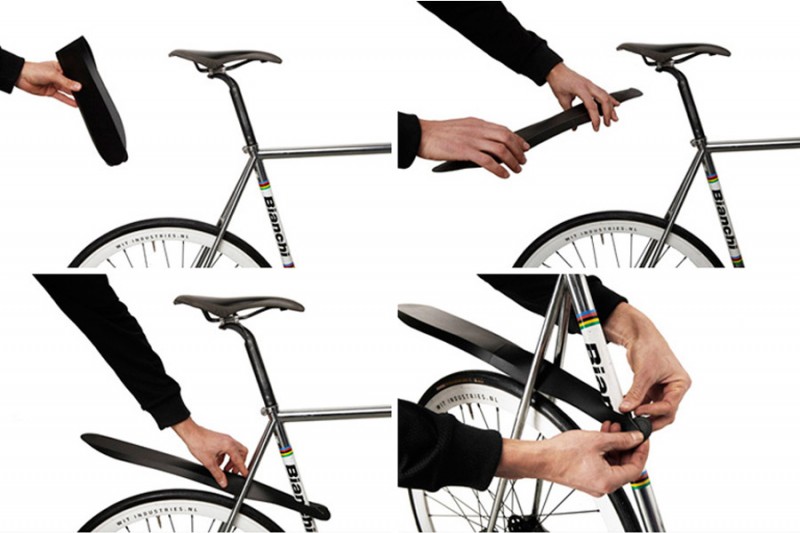Autumn has fully arrived, and we’re sure you have felt it. A time of less natural light, of gradually replacing summer clothes with winter ones, of the first storms and rainfall.
What shall we do then, if the weather forecast announces rainfall and you still want to cycle? In most northern European countries, with a heavier rainfall than southern ones, people cycle in pretty bad weather. It’s colder there, it rains and snows more, and there is considerably less daylight. So, you can certainly cycle, but you must think clearly. You must mind the road at all times and always consider the area where you’re cycling, as you risk falling. In short, you will need attention and concentration.
We all should consider how they do it, in order to learn and be able to do the same on our end. They have more, and better, protection than we do; they use quality waterproof clothing and make themselves more visible while being on the bike.
Keep reading and you’ll find some security and equipment advice, so that you can cycle safely and in comfort under the rain.
Use mudguards
If your bike doesn’t feature one, get yourself a mudguard that is easily detachable. It is indeed a very useful complement – you can install it on your front or rear wheel to avoid getting splashed by water and dirt on the road. Thus, you’ll be dealing with less water and dirt than you would without one.

Know your safety distance
Hit your brakes in advance. Reaction and braking time are different while on a wet road, so it takes more time to decide and the bike will also take longer to brake. We advise to start by braking very lightly so that excess water is drained from the braking surface by the brake pads. Then, you can hit your lever hader in order to brake better. Always keep in mind that, on a wet road, braking distance should be longer than usual, when the road is dry.
Make yourself visible
When it rains, visibility decreases, so our advice is to equip some bike lighting. Remember that the more visible you are to other vehicles and pedestrians, the better. We recommend one front light and one rear one, at least.
Wear adequate clothing
It’s essential that your cycling clothes are special and waterproof in order that your underlying clothes don’t get wet. A raincoat would be the best choice. There are lots of them, with varying qualities, colours and prices. We recommend Rains raincoats and parka raincoats, due to their high quality and different models available.
Trousers are also more worn than usual when it rains. They gget splashed with water and mud, and they’re also nearer to the chain, so they can get dirty with grease. Our advice? Use waterproof trousers, with which you’ll arrive clean and dry at your destination.

Ride more carefully
Ride much more carefully than with normal weather. Ride slower – no need to rush or race. Tyre adherence decreases on wet ground, so it’s easier to lose balance and hit the asphalt. Corner more slowly and perpendicularly, so that your bike won’t risk tripping.
Keep an eye on road markings and crosswalks, as they are more slippery when wet. Slow down if you’re going over one.
Keep your belongings protected
Keep your belongings protected from the rain. Many of us usually ride with a backpack or bag in which our laptop, phone, documents, glasses, books, etc. are stored. It’s essential that they are all protected and kept away from water. The best strategy is to use a waterproof bag or backpack so that water never reaches your belongings.

Lower your tyres’ pressure
It’s key to lower tyre pressure (approximately by 10 PSI) in order that they have a better grip on wet surfaces. Lower-pressure tyres adapt better to the terrain, increasing their grip and contact surface.
Don’t lower the pressure too much, as this could damage the rim and increase the risk of puncturing the inner tube.
Avoid water-covered surfaces
Pay attention as not to cycle over puddles or areas with much water. Even though it may seem otherwise, puddles can be very deep. Avoid cycling over them and, if you must do it, do it slowly or even get off the bike if necessary.
Finally, here’s a video with further advice by experienced cyclists about cycling under the rain:




